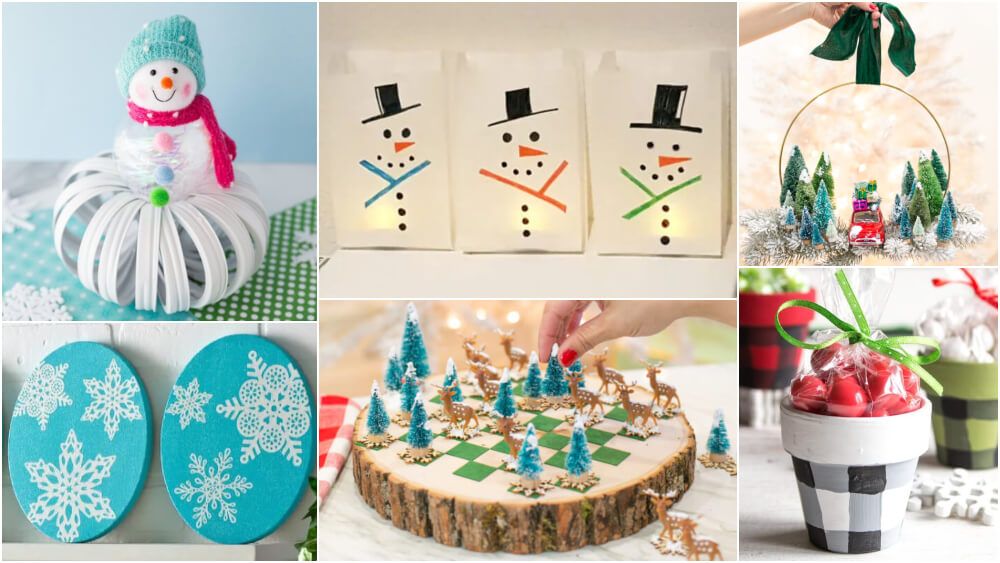Soil

Soil is the topmost layer of the earth’s crust, on which all plants grow. It also provides shelter to many animals that live on it or in it. All the land of the earth is not covered with soil. In a large area of the Arctic region, snow-covered mountains have no soil for plants to grow.
Contents
Formation Of Soil
In beginning, the earth’s crust was made up of thick layers of rocks. Sun heats these rocks and rain cool down them continuously, this process of heating and cooling cracks the rocks. When it rains over the cracked rocks, the rainwater can get its place in between the cracks of rocks. In winter water converts into ice. Ice in the cracks of rocks expands and cause the rocks to break into smaller pieces. Rocks contain some minerals or chemical substances which are oxidized by the oxygen present in the air. The oxidized minerals crumble easily. These small particles are carried by air or by running water. Sometimes the roots of plants enter the cracks of rocks and to grow they need space and hence, break up the rocks.
The acid produced by the roots of some plants also helps in the breaking of rocks. Many micro-organisms also help in the weathering of rock. Various natural processes such as earthquakes and volcanic eruptions breakdown rocks.
“The breaking down of rocks into smaller pieces by natural factors like wind, waves, glaciers and rain is known as weathering of rocks.”
Thus, soil formation begins with the breakdown of rocks and other materials into smaller pieces at the surface of the earth.
Composition Of Soil
Soil is made up of mineral particles, inorganic substances and organic substances. The particles of soil or broken rocks can be of different sizes. The composition of soil depends upon the type of rocks from which it is formed.
Due to the presence of different minerals, materials and organisms, the soil has different physical and chemical properties.
1. Mineral Particles
Soil forms mainly three types of particles which are gravel, sand and clay particles that determines the texture as well as the type of the soil.
2. Inorganic Substances
Nitrates, phosphates, sulphates, carbonates if potassium, magnesium, sodium, iron or many other salts are the components of soil.
3. Organic Substances
by the various activities of plants and animals and their death and become boring and creates organic material mix to the soil the completely decomposed product of plants and animals is called humus organic substances make the soil fertile and improve its water holding capacity.
4. Living Organism
Earthworm dig or tunnel through the soil by swallowing soil particles and dead organic matter. The waste passed from the worm’s body through the anus is called worm casts which is rich in plant nutrients. It is popularly known as the farmer’s friend or as nature’s ploughman because the tunnel made by it aerates the soil.
There are much other plenty of microscopic organisms such as bacteria, fungi and algae that live on the soil and are often referred to as biota. They are extremely important in increasing the fertility of the soil.
Soil Profile
Soil is not a uniform solid substance, it has various layers. Most soil profile consists of three layers which are called horizons.
They are as follows:-
A- Horizon
A- HORIZON is the topmost layer of the soil. It is dark in colour and contains a lot of humus. Humus makes the soil fertile. The particle of this layer is the finest. A-HORIZON layer of soil provides shelter for living organisms such as worms, rodents, beetles and moles, etc.
B- Horizon
The layer below the topsoil is called subsoil. It is lighter in colour and is often grey or red. This layer contains more sand and may contain stones also. Since the subsoil does not contain humus, it is not suitable for plant growth. Rainwater collects in this layer.
C- Horizon
It is the lowest layer which consists of larger pieces of broken rock and smaller pieces called gravel it is also called parent rock because soil formed by breaking down of these pieces contains no organic matter rainwater seeps into this layer too.
Texture Of Soil
If you collect some samples of soil from different places you will notice that the thickness of the different soil particles varies from one area to another the presence of humus in the soil also varies from one place to place.
Based on the particle size of particle soil can be classified into three types.
1. Sandy Soil
Sandy soil contains more than 60% sand along with some clay. The water holding capacity of sandy soil is very poor. This type of soil has enough space for air but it cannot retain water. So sandy soil is not fit for plants.
2. Clayey Soil
Clayey soil contains most of the clay particles. The ratio of sand particles is very less. It is very sticky and so, not very good for plant growth. The fine particles of clay stick close together and do not allow water to pass through. Clayey soil is rich in minerals.
3. Loamy Soil
It is a mixture of sand, clay and humus. It has good water holding capacity with sufficient aeration. Plants get enough minerals salt which is present in it and it is best suitable for plants.
Types Of Soil
Based on their colour, texture and contents, the soil can be classified into six types of soil which are found in India and are as follows:-
1. Red Soil
This soil is red due to the presence of iron oxide. It can be made fertile by adding manure and fertilizer. It forms the topsoil along with quartz and clay particles. It is poor in lime, magnesium, phosphorus, nitrogen but rich in potash. In India, it is mainly found in the interior regions of Kerala and Tamil Nadu, Karnataka, Andhra Pradesh and Madhya Pradesh.
2. Black Soil
This type of soil contains a lot of minerals especially iron and magnesium compounds. It is more clayey than sandy and it is used for growing cotton and sugarcane. Black soil is derived from basaltic rock. Black soil contains a high amount of iron, calcium, aluminium and magnesium. In India, it is found in Maharashtra, Andhra Pradesh, Gujarat and Madhya Pradesh(Malwa).
3. Alluvial Soil
Alluvial soil is formed by the deposition of silt on river banks washed down from the mountains. This deposit of clay, sand and silt particles lift by a river is called alluvial soil. This soil is found in India in Uttar Pradesh, Bihar, Haryana, West Bengal, coastal areas of Orissa and Andhra Pradesh. Alluvial soil is commonly called khadar.
This soil is loamy and rich in organic matter with a high amount of moisture.
4. Desert Soil
As the name suggests, desert soil is found in the dry regions of Rajasthan and Gujarat. This type of soil is sandy and porous and contains good amounts of soluble salts. It can be used for cultivation with the help of proper irrigation and by adding manure.
5. Mountain Soil
Mountain soil is very fertile but varies in contents from place to place. It is dark, porous, fertile and is also known as peat soil. It has the highest humus content of all the soil in India. It is found in the Himalayan region from Kashmir to Arunachal Pradesh.
6. Laterite Soil
This type of soil is not very rich in nutrients because heavy rains dissolve the nutrients and carry them away or push them deep underground. But it is good for plantation crops such as tea, coffee and coconut. In India, it is mainly found in the Western Ghats, and some parts of Tamil Nadu, Andhra Pradesh, Orissa and Assam.






Responses